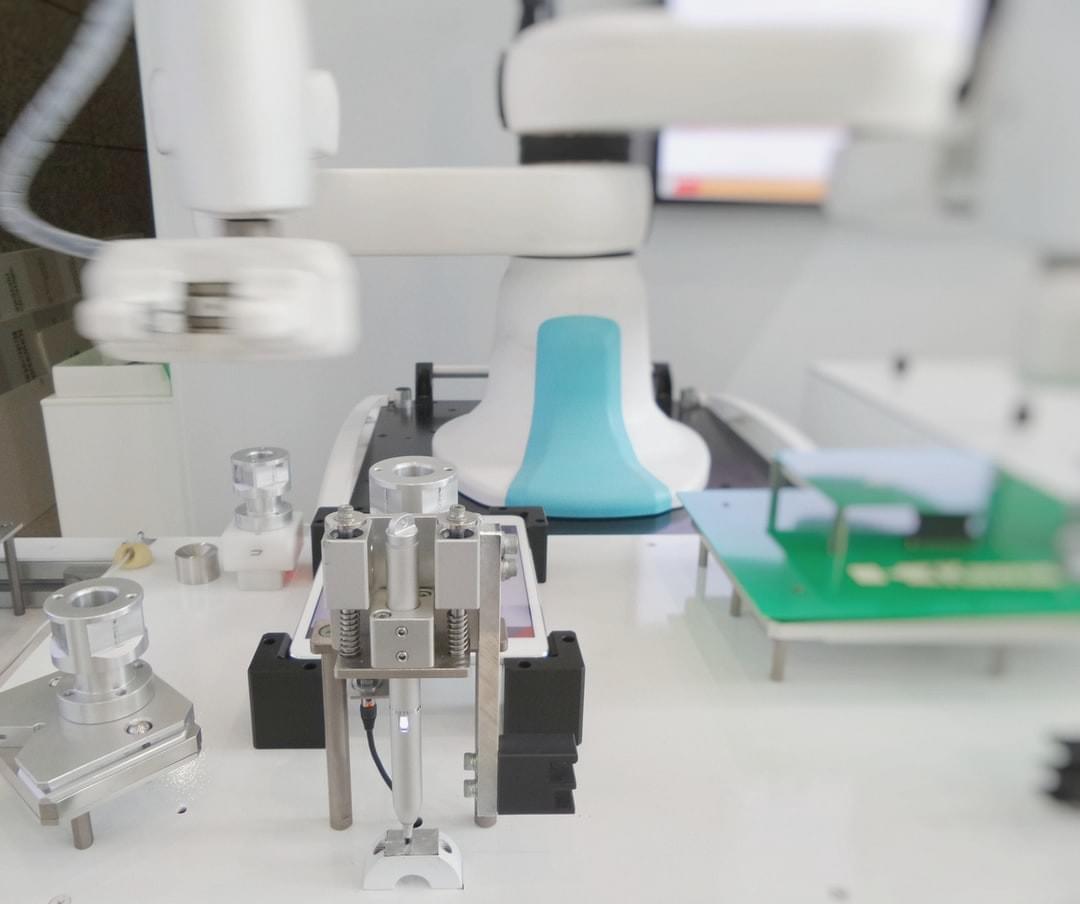
Prosthetic and orthotic products are usually part of secondary/tertiary rehabilitation, rehabilitation and physiotherapy programs. An orthotic or prosthetic device enables an individual with physical impairment or functional disability to be independent, active, productive, active and mobile, participate actively in daily living, and lead a happy and dignified life free from disability. For example, when a person is recovering from a stroke, an artificial hand or arm or a leg would be a good choice of prosthetic like bionic leg and orthotic.
Pronation, however, is one type of functional disorder that can result in prosthetics and orthotics failure. It occurs when the patient is standing on one foot, when the upper and lower limbs move simultaneously while walking or standing, or when a person moves his or her hands from side to side. This condition can occur only if a patient has some degree of partial or full paralysis of the lower limb. However, it can also occur when a person has no injury to lower limbs at all.
Although some patients have complete or partial paralysis of both upper and lower limbs, most of them have only partial paralysis. The difference between partial and full paralysis can be understood by means of an analogy with gravity.
Gravity pulls on objects in different ways depending on their size, shape, weight, composition, and location. Because people have different structures, there are more than 200 different laws of gravity. Some of these laws are used in conjunction with others, such as the law of conservation of energy, which states that power equals mass times the speed of sound. If the gravitational force on an object is strong enough, it will attract it towards itself until it falls off or out of sight. This is the reason why the earth is always moving. To know more about prosthetics, visit this website at https://www.dictionary.com/browse/orthosis
The other law of gravity is called conservation of angular momentum. It states that objects in motion continue to maintain their relative orientation, even if the force acting against them is changed. This law is the reason why it is difficult for objects to move out of their current position. Even if the objects are in a stable state, they do not necessarily revert to their original position, because their orientation is maintained.
In addition, there are two types of the Law of Conservation of Momentum: the first states that all objects will follow the same laws, while the second states that some objects will move faster than others. and some will move slower than others. Because a patient is able to use prosthetics or orthotics to improve the stability of their position or movement of their body, they are able to use their mobility and independence with the aid of prosthetic devices that are designed in such a way that they can work together to create stability in a particular body system. Look for prosthetics company in Philadelphia here!